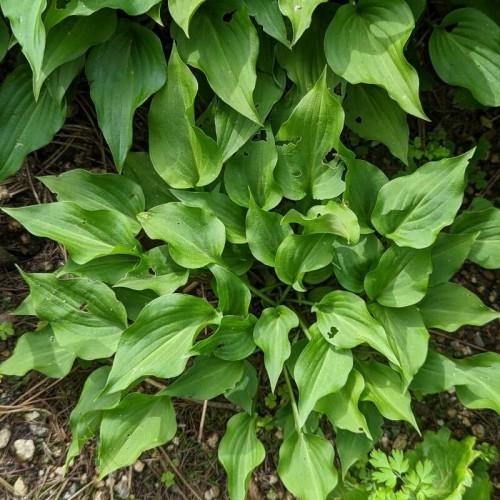
hosta
Hosta venusta
Cycle:
Herbaceous Perennial
Watering:
Average
Hardiness Zone:
3 - 8
Flowers:
Flowers
Sun:
Part shade,full shade
Leaf:
Yes
Growth Rate:
Low
Maintenance:
Low
Care Level:
Medium
watering
Hosta plants should be watered regularly and deeply. During the summer months, hosta plants should be watered every 1 to 2 days. During the hottest days of summer, water may be needed more often. During the cooler months of fall and winter, water should be provided at least once a week. The soil should be kept moist but not soggy. Make sure to water around the base of the plant and not just on the foliage. It is best to water in the early morning or evening, not in the heat of the day. To check if your hosta needs water, gently insert your finger an inch or 2 into the soil. If it feels dry, it is time to water.
sunlight
Hosta venusta, commonly known as hostas, is a shade-loving plant typically found in moist, cool climates. It requires partial to full shade, meaning it requires 2-6 hours of direct sunlight a day, preferably in the morning. Avoid placing the plant in direct, afternoon sunlight, as this can scorch the leaves. When establishing the plant, overexposure to direct sunlight can also cause the leaves to wither and die. If possible, keep the hosta plant in the shade for the best results.
pruning
Hosta venusta should be pruned in late winter or early spring before the new growth appears. Pruning should be light, mostly involving the removal of dead or damaged leaves. To keep the plant looking tidy, remove yellow or withered leaves. Additionally, you may want to cut off the flower buds to prevent the plant from blooming and direct more energy into new growth. To thin the plant, remove any thick clumps of foliage by cutting the whole clump down to the base of the plant. Trim any foliage that is encroaching beyond the edges of the bed or garden space. Prune to shape, but avoid removing more than 1-third of the overall foliage.
